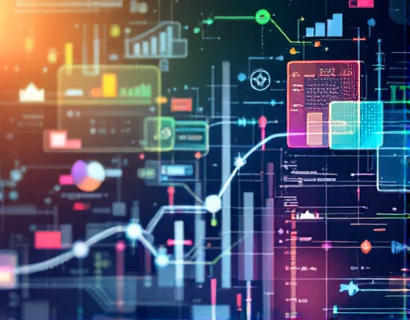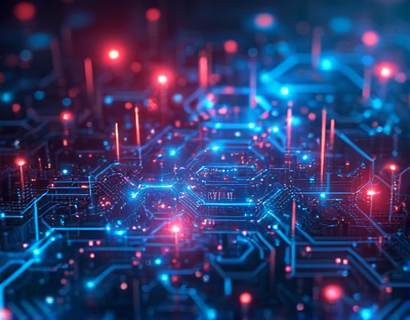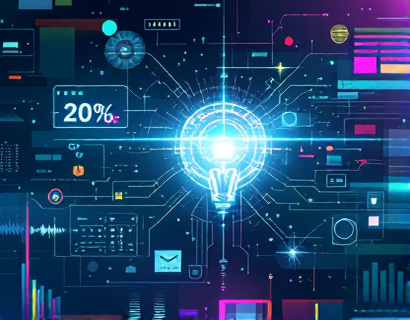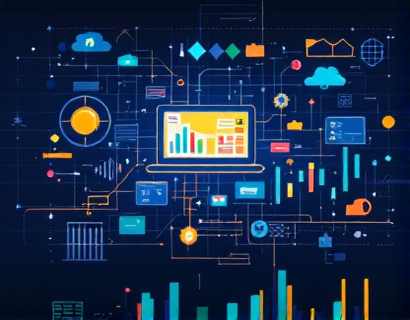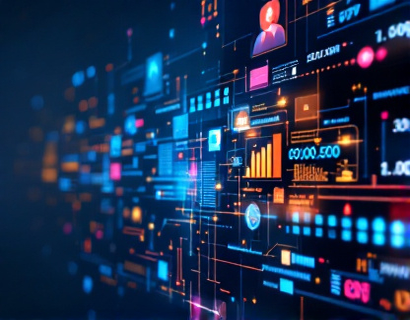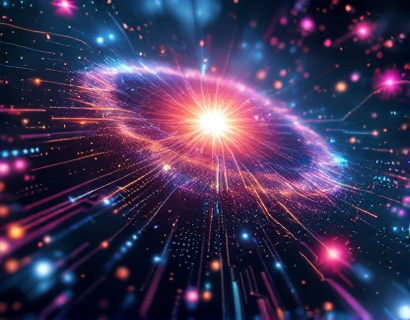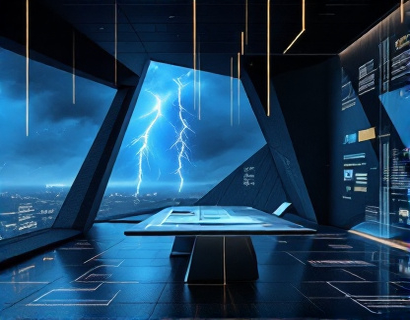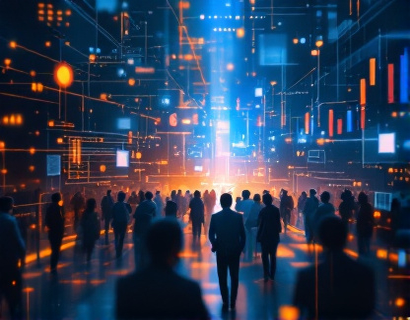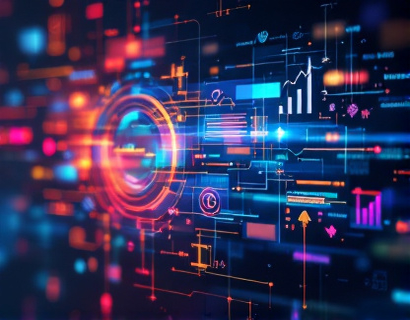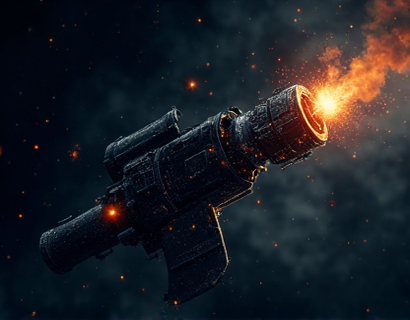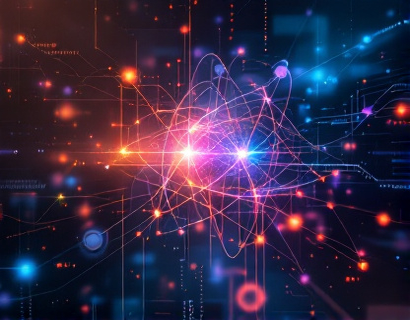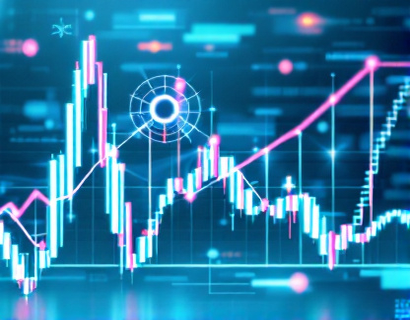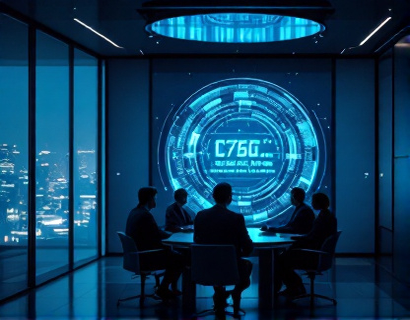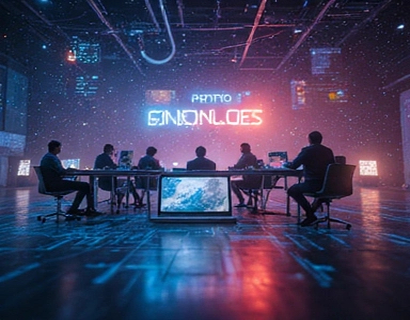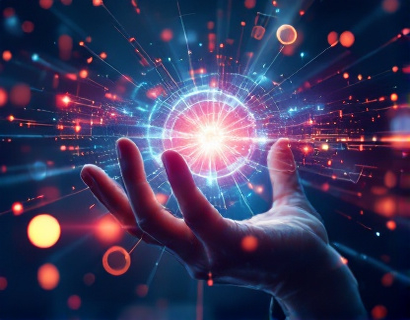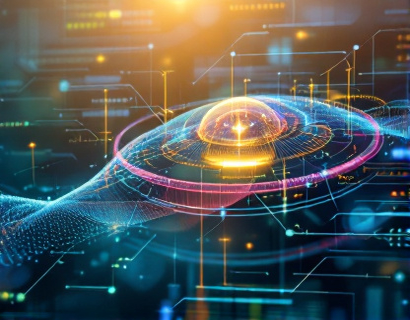AI and Crypto Synergy: Transforming Productivity with Next-Gen Digital Solutions
The intersection of artificial intelligence (AI) and cryptocurrency is giving rise to a new era of digital solutions that promise to revolutionize productivity. This synergy is not just a technological curiosity but a practical approach to enhancing task management and workflow optimization. For tech-savvy professionals and early adopters, this convergence offers a glimpse into a smarter, more efficient digital world. This article delves into how AI and cryptocurrency are merging to create innovative tools and platforms that are redefining the way we work.
The foundation of this transformation lies in the unique properties of blockchain technology, which underpins cryptocurrency. Blockchain's decentralized, transparent, and secure nature makes it an ideal platform for building trust and ensuring integrity in digital transactions. When combined with AI, which excels in pattern recognition, predictive analytics, and automation, the potential for enhancing productivity becomes immense. Together, these technologies can create systems that are not only more efficient but also more resilient and user-friendly.
Enhanced Task Management through Blockchain and AI
One of the most immediate impacts of AI and cryptocurrency synergy is in the realm of task management. Traditional task management tools often suffer from centralization, which can lead to single points of failure and security vulnerabilities. By leveraging blockchain, these tools can become decentralized, ensuring that task data is distributed across a network of nodes. This not only enhances security but also increases transparency, as all participants in the network can verify the status and history of tasks.
AI plays a crucial role in optimizing these decentralized task management systems. Machine learning algorithms can analyze user behavior and preferences to predict task priorities and automate routine tasks. For instance, an AI-powered task manager can learn from a user's past actions to suggest the most efficient order for completing tasks, taking into account deadlines, dependencies, and resource availability. This level of personalization and automation can significantly reduce the cognitive load on users, allowing them to focus on higher-value activities.
Moreover, smart contracts, a key feature of blockchain technology, can be integrated with AI to automate complex workflows. Smart contracts are self-executing contracts with the terms of the agreement directly written into code. When combined with AI, these contracts can adapt to changing conditions in real-time. For example, in project management, a smart contract can automatically allocate resources or adjust timelines based on AI-driven predictions of project progress and potential bottlenecks.
Workflow Optimization with AI-Driven Insights
Workflow optimization is another area where AI and cryptocurrency synergy can make a significant impact. Traditional workflows often rely on manual processes and static rules, which can lead to inefficiencies and bottlenecks. AI can analyze vast amounts of data to identify patterns and inefficiencies, providing actionable insights for streamlining processes.
In a blockchain-based ecosystem, these insights can be used to create dynamic workflows that adapt to real-time data. For instance, AI can monitor the performance of various steps in a workflow and suggest optimizations based on historical data and current conditions. This could involve rerouting tasks to underutilized resources, adjusting the sequence of operations to minimize delays, or even proposing new processes that are more efficient.
Cryptocurrency can further enhance this by providing a seamless and secure way to incentivize and reward efficient performance. Tokenization, a process where traditional assets or new digital tokens are created on a blockchain, can be used to create a system of rewards for team members who contribute to workflow optimization. These tokens can serve as a form of internal currency, motivating employees to continuously improve processes and collaborate effectively.
Security and Trust in Digital Collaboration
Security and trust are paramount in any collaborative environment, especially when dealing with sensitive business data. The combination of AI and blockchain addresses these concerns by providing robust security measures and transparent verification mechanisms. AI can detect and mitigate potential security threats in real-time, while blockchain ensures that all transactions and data exchanges are immutable and verifiable.
For example, in a decentralized collaboration platform, AI can monitor user activities and network traffic to identify anomalies that may indicate a security breach. If a suspicious activity is detected, the AI can trigger automated responses to isolate the issue and prevent further damage. Meanwhile, blockchain's immutable ledger ensures that all actions are recorded and can be audited, providing a high level of trust among collaborators.
Furthermore, AI can enhance the user experience by providing personalized security measures. By analyzing user behavior and risk profiles, AI can dynamically adjust security protocols, such as multi-factor authentication or access controls, to ensure that each user has the appropriate level of protection based on their role and activities.
Predictive Maintenance and Resource Optimization
In industries where equipment and resource management are critical, AI and blockchain can work together to implement predictive maintenance and optimize resource usage. AI algorithms can analyze sensor data from machinery to predict when maintenance is needed, preventing unexpected downtime and extending the lifespan of equipment. This predictive approach is more efficient and cost-effective than traditional maintenance schedules.
Blockchain can complement this by creating a transparent and secure record of maintenance activities and resource usage. Each maintenance event can be recorded on the blockchain, providing an immutable history that can be accessed by all stakeholders. This transparency not only builds trust but also ensures accountability and compliance with regulatory standards.
AI can also optimize resource allocation by analyzing usage patterns and demand forecasts. In a decentralized network, resources can be dynamically allocated based on real-time needs, ensuring that they are used efficiently and effectively. For instance, in a supply chain, AI can predict demand surges and automatically adjust inventory levels, while blockchain ensures that all transactions related to inventory movements are secure and traceable.
Decentralized Finance and Productivity Funding
The integration of AI and cryptocurrency extends to the realm of finance, particularly in productivity funding. Decentralized finance (DeFi) platforms, built on blockchain, offer new ways to access capital and manage financial transactions. AI can enhance these platforms by providing sophisticated credit scoring models and risk assessment tools, making it easier for businesses to obtain funding based on their performance and potential.
For example, an AI-driven DeFi platform can analyze a company's financial data, project performance, and market conditions to determine the likelihood of successful project completion and return on investment. This data-driven approach can reduce the risk for lenders and increase the availability of funds for productive ventures. Additionally, smart contracts can automate the disbursement of funds based on predefined milestones, ensuring that capital is used efficiently and effectively.
Tokenized equity and debt instruments can also be used to raise capital for productivity-enhancing projects. By tokenizing these instruments on a blockchain, companies can issue securities that are easily tradable and accessible to a global investor base. AI can optimize the pricing and issuance of these tokens, maximizing the amount of capital raised while minimizing costs and regulatory risks.
Conclusion
The synergy between AI and cryptocurrency is poised to transform productivity in profound ways. By combining the strengths of decentralized technology and advanced analytics, we can create digital solutions that are more secure, efficient, and user-friendly. For tech-savvy professionals and early adopters, this convergence offers exciting opportunities to enhance their workflows and stay ahead in a rapidly evolving digital landscape. As these technologies continue to mature, we can expect even more innovative applications that will further redefine the future of productivity.





